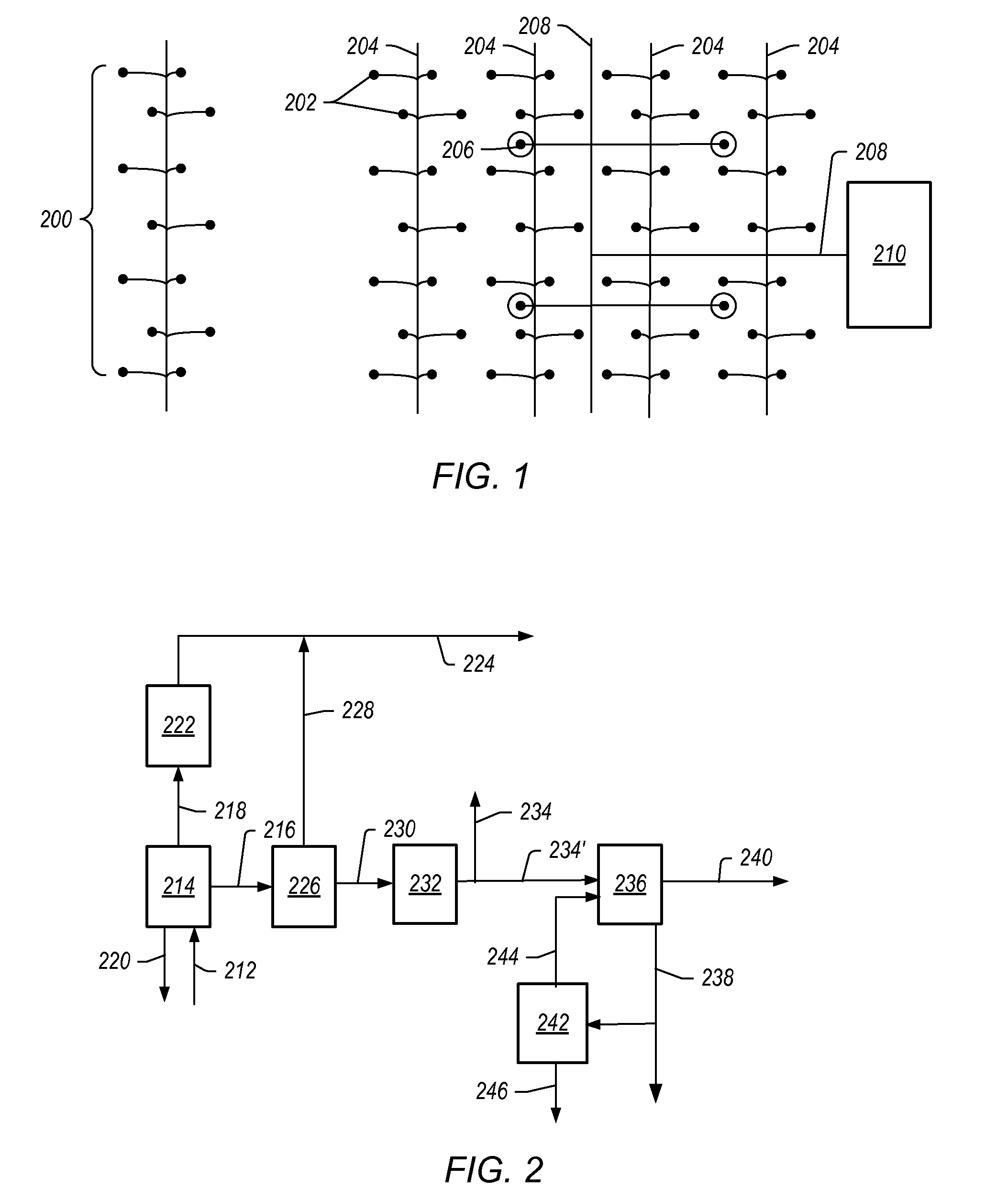Heated liners for treating subsurface hydrocarbon containing formations
a hydrocarbon containing and lining technology, applied in the direction of fluid removal, insulation, borehole/well accessories, etc., can solve the problems of high cost of mining and upgrading tar sand, difficulty in obtaining permeability in oil shale formation between injection and production wells, and high cost of drilling such wells
- Summary
- Abstract
- Description
- Claims
- Application Information
AI Technical Summary
Problems solved by technology
Method used
Image
Examples
examples
[1747]Non-restrictive examples are set forth below.
Samples Using Fitting Embodiment Depicted in FIG. 41
[1748]Samples using an embodiment of fitting 422 similar to the embodiment depicted in FIG. 41 were fabricated using a hydraulic compaction machine with a medium voltage insulated conductor suitable for use as a subsurface heater on one side of the fitting and a medium voltage insulated conductor suitable for use as an overburden cable on the other side of the fitting. Magnesium oxide was used as the electrically insulating material in the fittings. The samples were 6 feet long from the end of one mineral insulated conductor to the other. Prior to electrical testing, the samples were placed in a 6½ ft long oven and dried at 850° F. for 30 hours. Upon cooling to 150° F., the ends of the mineral insulated conductors were sealed using epoxy. The samples were then placed in an oven 3 feet long to heat up the samples and voltage was applied to the samples using a 5 kV (max) hipot (high ...
PUM
 Login to View More
Login to View More Abstract
Description
Claims
Application Information
 Login to View More
Login to View More - R&D
- Intellectual Property
- Life Sciences
- Materials
- Tech Scout
- Unparalleled Data Quality
- Higher Quality Content
- 60% Fewer Hallucinations
Browse by: Latest US Patents, China's latest patents, Technical Efficacy Thesaurus, Application Domain, Technology Topic, Popular Technical Reports.
© 2025 PatSnap. All rights reserved.Legal|Privacy policy|Modern Slavery Act Transparency Statement|Sitemap|About US| Contact US: help@patsnap.com



